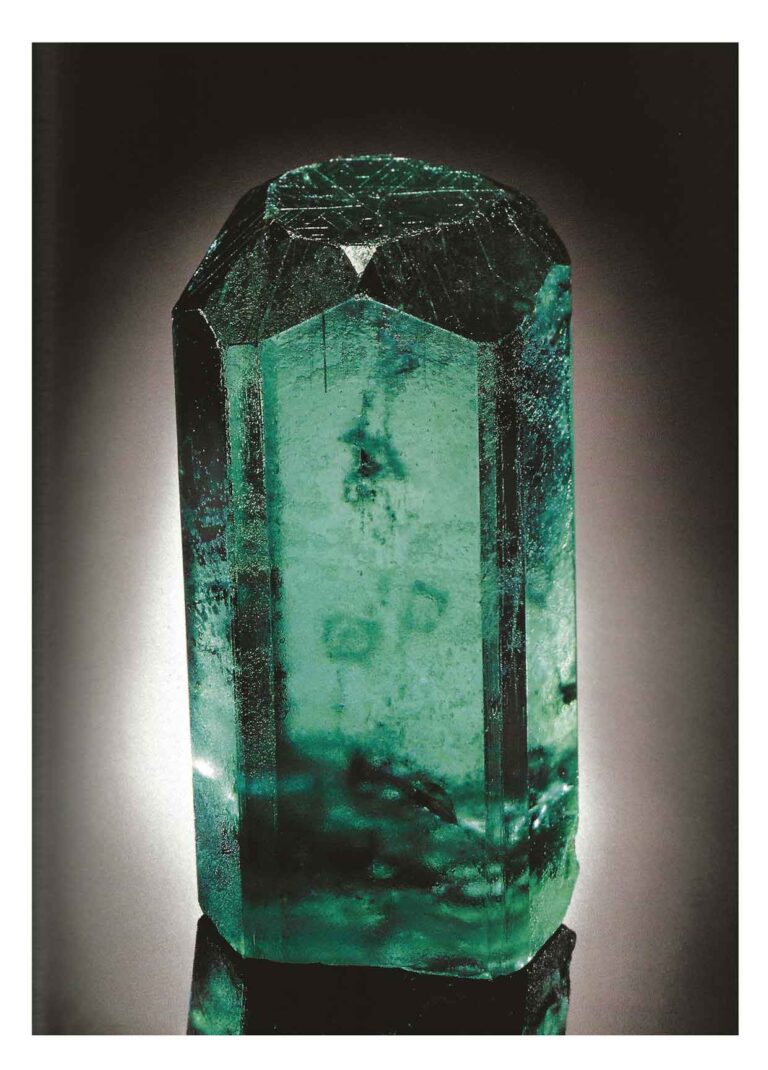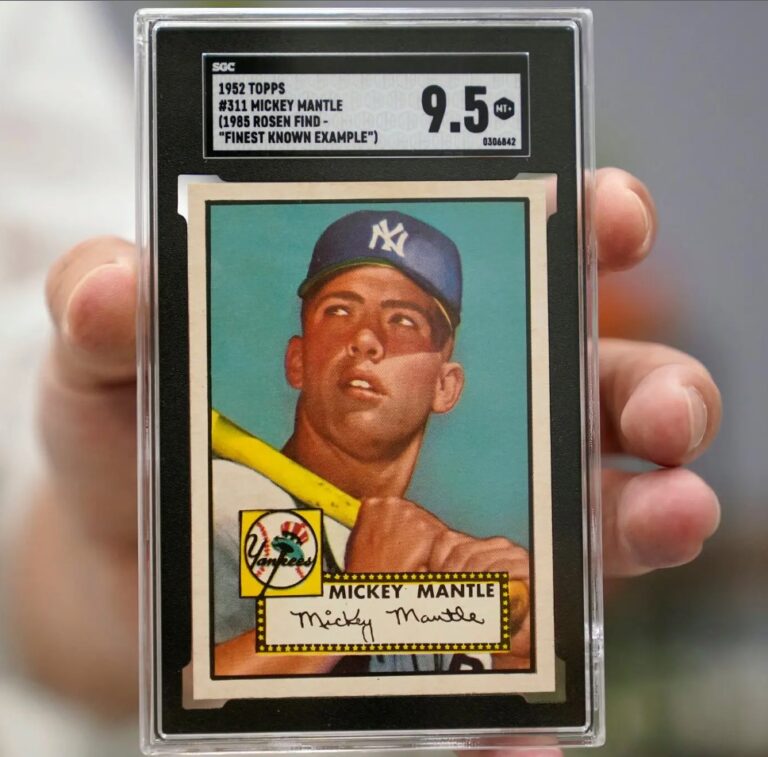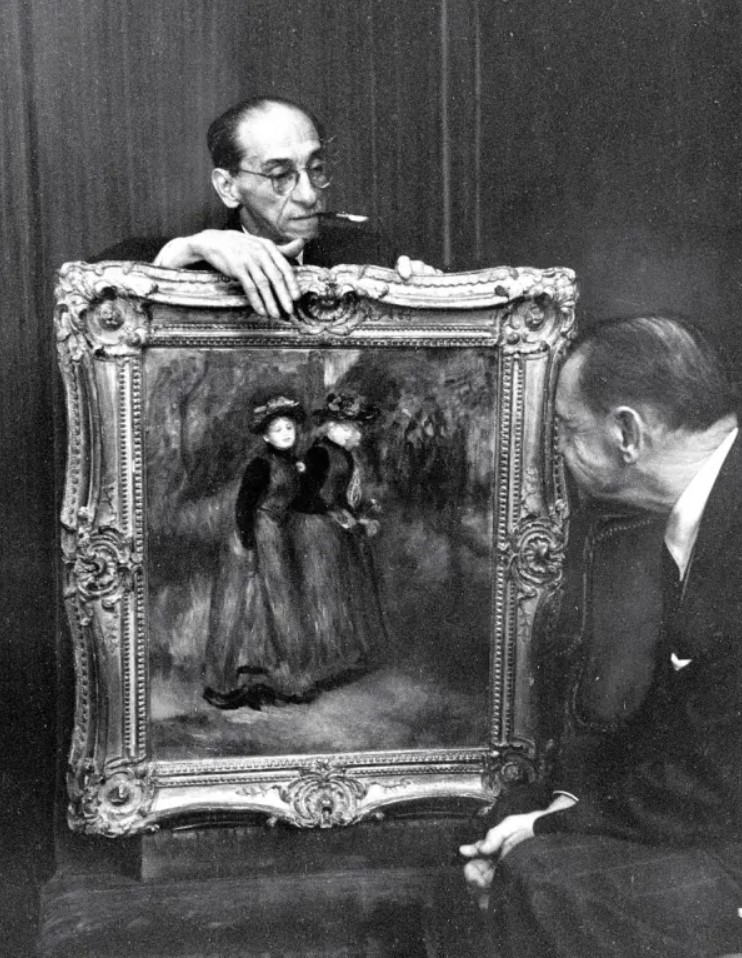When nature meets art…
”WOW FACTOR”
The ”wow factor” is the easiest of the markers to explain… You know when you experience it. Upon viewing a rainbow arcing between both rims of the Grand Canyon at sunset, that is a ”wow” moment. Whether a mineral connoisseur or a member of the lay public, the ”wow factor” is best described by the innate feeling the object resonates with your psyche. Aesthetic appeal is the most critical attribute to the ”wow factor”. Seeing for the first time the ”Crown Jewels” in the Tower of London was a ”wow” moment for me. Van Gogh’s ”Starry Night” … sigh.
In the mineral realm, the ”Wilbur Phosphophyllite”, a superb, transparent, and blue-green monster crystal on matrix, is exponentially superior to the next best example. Clearly, the ”wow factor” applies here…
One of the intrinsically human traits is simply that everyone perceives the ”wow factor” with their own personal perspectives. When a masterpiece mineral specimen collectively captures the heart and soul of the majority of collectors and connoisseurs alike, that is not only a ”wow factor” specimen but an icon. Look closely at the following photographs and write-ups (Visit the ”11s’‘ and ”Investment Quality Minerals” pages) to find your own personal ”wow factor”.
”ROCKSTAR”
“So You Want to Be a Rock ‘n’ Roll Star” – The Byrds
Millions of dollars are spent in the recording industry promoting and marketing superstar vocal artists. Billions of dollars are spent promoting products from automobiles to walnuts… In the mineral realm, we tend to go ”old school” with our marketing and promotion relying on in-person exhibitions, magazines, and with a modern twist social media. (Instagram, Pinterest, and YouTube are especially mineral-friendly resources). A prime example of this technique is the ”Pioneer Aquamarine” discovered in the Pionheiro mine, Minas Gerais, Brazil, in 1967. Let us dissect the various historical and promotional aspects of this legendary icon of mineralogy…

● Gems & Gemology, Cover, Summer, 1984
● Mineralogical Record, back cover, January-February, 2000
● Sotheby’s Catalog, January 2001
● Sotheby’s Auction ad, January 2001
● Keith Proctor, Poster ”Gem Crystals”
● Mineralogical Record, July-August 2006
● Mineralogical Record, September-October 1976
● Mineralogical Record, January-February 1994
● Rocks & Minerals, Cover, January-February 1988
● Rocks & Minerals, January-February, 1988, p.40
● Rock & Minerals, Reprint, 2006, p.30
Step 2 – Provenance and promotion; (Previous owners)
● Herman Bank (Gem Dealer)
● Dave Wilber (Legendary Collector)
● Keith Proctor (Promoted Aqua at Mineral Shows)
● Joe Freilich (International Jewelry Sales)
● Herb Obodda (Fine Mineral Dealer)
● Peter Via (Fine Mineral Collector)
● Irv Brown (Collector/Dealer)
● Stuart Wilensky (Collector/Dealer)
● Wayne Thompson (Collector/Dealer)
● Gene Meieran (Fine Mineral Collector)
To reiterate… The promotion of a ”rockstar” requires aesthetic, scientific, artistic, and historical attributes that are second to none. Truly superior… The next step is to photograph the specimen utilizing a professional mineral photographer that has connections to various industry publications. The final step is exposing the piece to the general public through mineral exhibitions, publications, and social media. A shortcut that I suggest is investing in current ”rockstars”. How do you find them? Educate yourself! Attending mineral shows, haunting the halls of mineral museums, and viewing as many private mineral collections as you can; talking to dealers and collectors in social settings is a plus. An established mineral dealer with taste and connections would be your ally. As in the music industry, there is no such thing as overnight success. Promoting a specimen or collection involves time, financial resources, and energy…
RARITY, CONDITION, & PROVENANCE
”Mickey Mantle baseball card sold for $12.6 Million…”
-The New York Times-
August, 28, 2022
Baseball player extraordinaire Mickey Mantle’s rookie baseball cards are rare… This pristine example which recently sold at auction for $12.6 million, is considered by experts to be in the finest condition of all. The condition, rarity, and subject (Mickey Mantle) combine to fetch a record price. I really wish my mother did not discard all my baseball cards… Rarity, superb condition, and historically consequential provenance are critical factors in determining the investment quality of a fine mineral specimen.

Rarity
Mountain climbing at high elevations makes it critical to use portable oxygen. The air is considered so rarefied your breath is literally taken away… The rarity factor within the realm of investment-level mineral specimens branches into two separate yet important considerations; rarity as a species and rarity in condition. The beautiful sea-green mineral phosphophyllite can fulfill both criteria at the same time, rare as a species and, when in perfect condition, extremely valuable and unique. Species rarity is contingent upon geological processes producing a finite number of examples. The fewer, the better… A new discovery of the same mineral species can diminish the desirability and value of said species. Keeping track of the marketplace is critical to maintaining value in a mineral collection. Consider my rule: ”Mineral collections are not static but dynamic and fluid”.
Condition
Who wants a ’57 Chevy with a big dent in the driver’s side door? Perhaps a classic auto-restorer, but not Jay Leno. The same is true for minerals… Simplistically it is most desirable to have a vibrant colored perfect transparent crystal with superb crystallization perched on a contrasting textural matrix in a most aesthetic combination. Whew… that’s a mouthful.
The best tutorial I can give is to peruse the specimen photos in the ”Investment Quality Minerals” & ”11s” sections on the website. A picture is worth a thousand words…
Provenance
Would you rather own Abraham Lincoln’s desk or a dresser from Ikea? Lincoln’s desk (I believe it’s in the Smithsonian) has a higher desirability index than virtually any desk in the world. The same criteria apply to previous owners, unique localities, specific finds, and historical importance. All these factors contribute to the intrinsic value of an investment-grade mineral specimen. Generally speaking, the more we know about the history of a specimen, the more it will be appreciated by a connoisseur. A specimen owned by James Horner, or Thomas Edison, carries certain importance, gravitas, and general appeal to the public. However, it must be noted that sole ownership by a historical or well-known personality is not enough to make a specimen exquisite. It definitely makes it more desirable. Beauty and aesthetics are still king…
SALEABILITY
Aesthetics, aesthetics, aesthetics…
For most people, the purchase of their home is the most important investment they will ever make. Location, location, location is the mantra of the real estate developer/broker… Studying comparable properties within a radius of a potential acquisition is critical to the proper evaluation of a real estate purchase. For the mineral collector, the same criteria apply; study comparable examples, evaluate the aesthetics by viewing as many specimens as possible, and utilize a seasoned broker/dealer. Upon evaluating saleability, stand in the shoes of a dealer… We are not looking for grey, ugly rocks. Selling a vibrant, lustrous aesthetic tourmaline for $20,000 takes just as much effort as selling a grey, ugly $50 rock. In fact, selling the tourmaline will be easier. This is not to be offensive to the collector that loves grey, ugly rocks, but the average dealer is truly not interested in a collection that is hard to sell. Numerous times in my career, I have had to break the hearts of collectors that have had such an emotional attachment to their minerals that they were not proactive in their thoughts about future saleability.
There are at least two categories of collectors; the investor collector looking to acquire specimens that appreciate in value or the collector that appreciates the natural appeal of minerals in general. Neither is better than the other… Realism and being truly honest with yourself are critical to the future saleability of any collection. Keep complete records of species, localities, and provenance to facilitate the dealer’s overall desire to purchase your collection. To maximize your return on investment, present the collection in the best possible conditions; in well-lighted cases, specimens should be mounted professionally and, if appropriate, run through a professional cleaning lab. Repairs and restorations on world-class, ”one of a kind” specimens should not adversely affect the valuation. Restorations on pieces less than world-class will adversely affect the value and saleability.
Rarity, provenance, size, perfection, aesthetics, and historical criteria bind together to form an interactive composition functioning as desirability enhancers, and their overall effect is proportional to a specimen’s intrinsic value and saleability.
CONNECTING WITH THE APPROPRIATE DEALER
”It is not necessary to be all knowledgeable or have good taste at first, however it is imperative to have a dealer broker that has good taste and knowledge.” – Irv Brown

The dealer-collector connection is perhaps the most important of the ”Five Markers of Desirability”… Entering into a relationship with a knowledgeable, professional, and experienced fine mineral dealer is critical to the overall success of a collector. In terms of saleability, a collection of minerals purchased from a well-known, aesthetic-oriented, and reputable dealer has a significantly enhanced potential for appreciation in terms of investment and personal pleasure. As a mineral dealer, I take pride in building collections that appeal to the inner artist and scientist within all of us. Visiting old ”friends” in their new collections warms my heart…
Finding the right dealer is not unlike searching for a therapist; rapport, trust, and similarities in taste are paramount. The most important aspect of the dealer/collector relationship is that the minerals excite you! The dealer you select should embody the ”wow factor”; looking into the cases of dealer stock should elicit an emotional and spiritual response. The next step is to interview the dealer to determine their policies related to the purchase of fine mineral specimens (can minerals be returned, traded in, etc.). Be flexible in negotiating prices with the dealer, as being shown the best pieces first is paramount to building a world-class collection.
Interact with your dealer as you would with your therapist or mother-in-law. In my professional career, collectors that exhibit these qualities get the best rocks…
Copyright @GreatRocksInc 2022